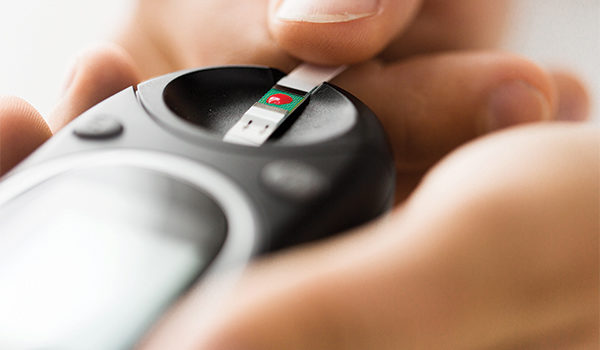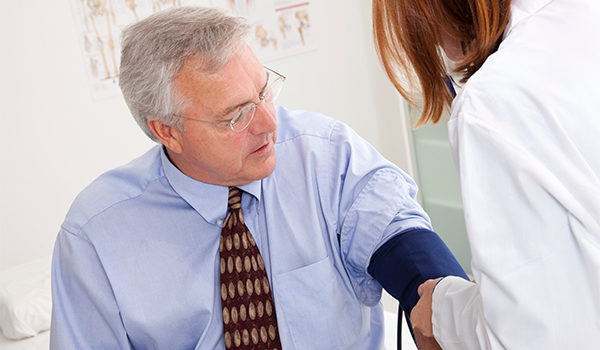There’s little evidence that emerging payment models (eg, concierge medicine, cash-only practices, and accountable care organizations [ACOs]) are gaining any serious traction in urgent care—but that doesn’t mean they’re not making headway elsewhere. ACOs, in particular, are growing in usage among physicians, according to the Medscape Physician Compensation Report 2017. Usage of cash-only and concierge models is also growing, albeit much more modestly, as the graph below shows. Data source: Medscape Physician Compensation Report 2017. …
Read MoreUrgent Care Occupational Medicine Efforts Should Focus on the Public Sector
Over two-thirds of urgent care centers offer a blend of occupational medicine services (generally defined as treatment of workers compensation injuries, conducting physicals for compliance or fitness for duty, and substance abuse testing), according to the Urgent Care Association.1 One challenge for those that do is that the overall incidence of workplace injuries has declined significantly this century, due to an overall shift from a manufacturing to a service and information economy, the offshoring/outsourcing of …
Read More100 Largest Urgent Care Center Operators
The 100 largest urgent care operators in the United States run approximately 25% of the locations under their banners, according to research by Practice Velocity and National Urgent Care Realty. They’re getting even bigger, too; the number of locations owned by the companies on the list expanded by about 20% this year. While ownership was once delineated between hospital-affiliated and independents, several multi-unit operators now operate in some (but not all) of their markets as …
Read MoreFlu as a percentage of total visits
The following chart, based on a study of over 20,000,000 patients’ records in Practice Velocity’s database of patient visits across the United States, illustrates the frequency of influenza diagnoses between January 2010 and October 2016 relative to total urgent care visits that carried an evaluation and management (E/M) code. The period of December through January is the typical peak of the flu season, although in some years flu outbreaks occur somewhat earlier or later. In …
Read More
October 2016
Projected Volume of Prescriptions
Data from the 2014 Urgent Care Chart Survey of 1,778,075 blinded visits by patients to more than 800 different urgent care clinics, conducted by the Journal of Urgent Care Medicine, reveal that for 2014, the top three medication classes by volume projected to be prescribed at U.S. urgent care centers were, in descending order: Oral antibiotics, 72.9 million Corticosteroids, 20.5 million Narcotic analgesics, 14.9 million The survey’s methodology and data abstraction forms were initially designed …
Read MoreThe Most Frequent Disposition of Cases at U.S. Urgent Care Centers in 2014
Data from the 2014 Urgent Care Chart Survey of 1,778,075 blinded visits by patients to more than 800 different urgent care clinics, conducted by the Journal of Urgent Care Medicine, reveal that the most frequent disposition of cases at U.S. urgent care centers in 2014 was provision of follow-up care as needed. The survey’s methodology and data abstraction forms were initially designed in 2008 by researcher Robin M. Weinick, PhD, then an assistant professor at …
Read MoreTop 3 Rapid Tests Performed at U.S. Urgent Care Centers in 2014
Data from the 2014 Urgent Care Chart Survey of 1,778,075 blinded visits by patients to more than 800 different urgent care clinics, conducted by the Journal of Urgent Care Medicine, reveal that the top 3 rapid tests performed at U.S. urgent care centers in 2014 were as follows, in descending order: • Rapid group A Streptococcus test—15.59 million tests • Rapid influenza test—13.91 million tests • Rapid chlamydia test—0.92 million tests The survey’s methodology and …
Read More
October 2015
Top 3 Blood Tests Performed at U.S. Urgent Care Centers in 2014
Data from the 2014 Urgent Care Chart Survey of 1,778,075 blinded visits by patients to more than 800 different urgent care clinics, conducted by the Journal of Urgent Care Medicine, reveal that the top 3 blood tests performed at U.S. urgent care centers in 2014 were as follows, in descending order: • Comprehensive metabolic panel—3.15 million tests • Glucose level—1.23 million tests • Thyroid-stimulating hormone level—1.19 million tests The survey’s methodology and data abstraction forms …
Read More